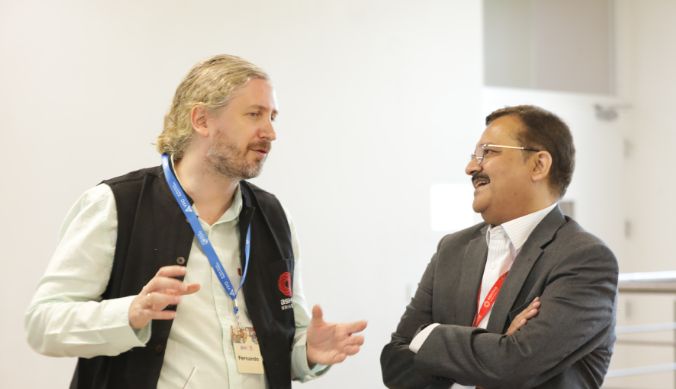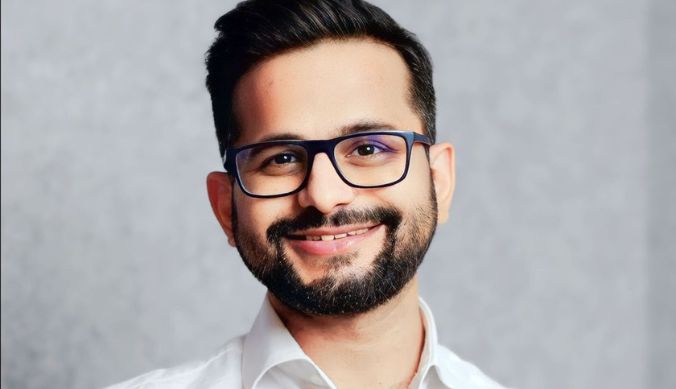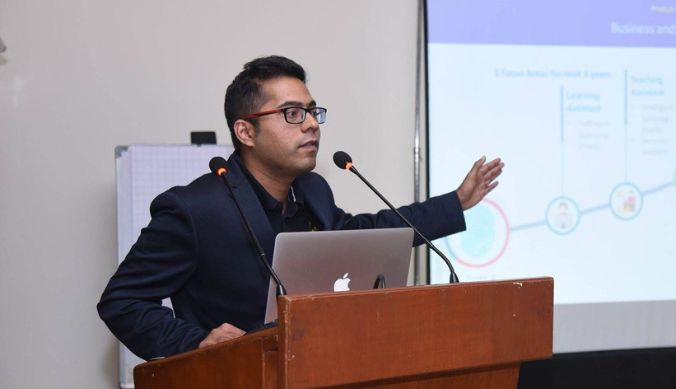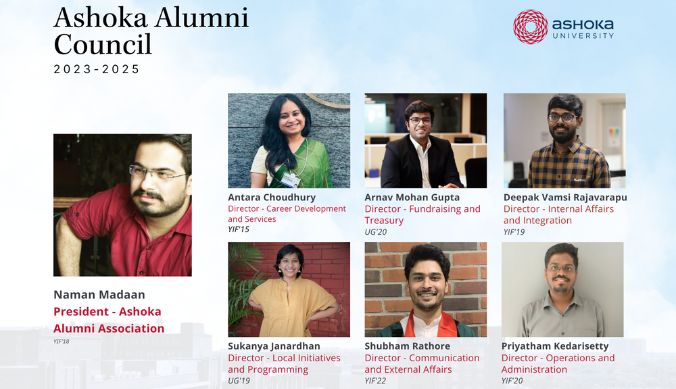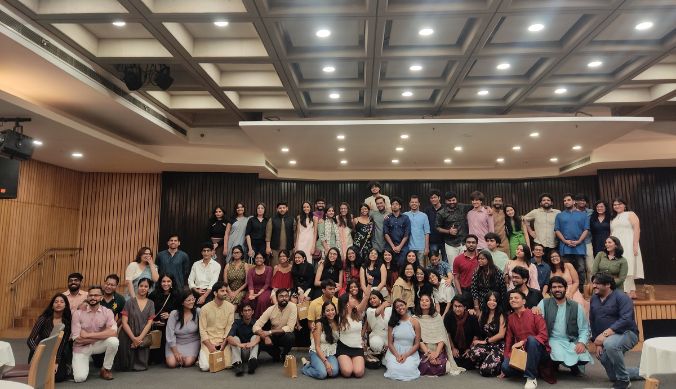Media Action Against Rape (MAAR)
A comprehensive research study on Indian media’s reportage of rape and sexual violence

Office of PR & Communications
9 April, 2020 | 10 min readEveryday a huge number of undocumented and unsettling incidents of rape and sexual violence occur in India. A recent piece of Asian Times says that in every 15 minutes, an incident of rape takes place in India, however, only a handful of those stories get reported. How do we decide which story to report and which to let go? When the news media outlets, print, TV or online report it, victim blame and shame becomes a part of it, deliberately or not. Has sensationalising such issues become an integral part of news reporting? Some rape cases get a huge amount of attention while others fail to even make it on the first page of the newspaper or TV headline. Why does this happen and to what extent? Quite frequently, reported cases have inconsistent or no follow-ups and often get lost in the myriad other stories. The incidents which get the much-required coverage, how does it impact the Indian public’s understanding of rape and sexual violence in society?
To address many or all these concerns, Bournemouth University and UNESCO joined hands for a research and capacity building project called Media Action Against Rape (MAAR) in New Delhi. Funded by the Global Challenges Research Fund (GCRF), MAAR is an ongoing two-year long study of how rape and sexual violence is reported in India. It maps the journalistic challenges of reporting rape and sexual violence across India.
About MAAR The project began in June 2018, with the purpose of understanding two aspects:
- How is rape and sexual violence re-presented/depicted in the Indian news media?
- What goes behind that depiction — what are the challenges and issues that journalists face when reporting sexual violence.
Apart from content analysis, on-ground events (like the #16Days section aligning with the United Nations 16 days of activism) leading up to the upcoming report which will include guidelines for rape reportage, the project also runs NewsTracker, a Medium-based publication, to write about the representation of rape and sexual violence in the Indian news media. The NewsTracker believes that journalists have a crucial role to play in combatting sexual violence. They can question stereotypes; influence attitudes, beliefs; as well as help us rethink the way we read, write, think about rape and the solutions. It is co-published by Bournemouth University and Ashoka University in collaboration with UNESCO.
Prominent faculty, staff members and students of Ashoka University played a crucial role in the MAAR project. The Media Studies department was particularly central. Both undergraduate students and the Young India Fellows worked as reporters. There were around 33 young reporters involved in the project from Ashoka, Amity School of Communication (Noida); Docfort Meducation (Benguluru); Symbiosis School for Liberal Arts (Pune); the Department of Journalism and Communication, University of Madras (Chennai); Manipal Institute of Communication, Manipal University (Manipal); and the Department of Communication, St Joseph’s College (Bengaluru).
Dr. Chindu Sreedharan, Principal Academic in Journalism and Communication at Bournemouth University, who co-led the project said, “Some of the journalism produced by the students was truly outstanding, exploring some unusual linkages—for instance, economics and sexual violence, and literature and gender. The co-creation of content between Bournemouth and institutions in India bring to light some complex issues rarely discussed in conventional media spaces.” You can read more about the project here.
Vaiju Naravane, Head of the Media Studies Department, Ashoka University said, “For both faculty and students at Ashoka this has been an enormously useful and enriching pedagogical experience, one that has forced students out of their theoretical and academic comfort zones to confront reality. This experience has allowed some very sheltered students to explore an issue that is controversial, frightening and emotionally charged, exposing them to different facets of the very complex societal and psychological factors that lead to sexual harassment, assault or rape.” Anunaya Rajhans, Critical Writing Teacher at Ashoka University has been involved with the project as a Project Supervisor as well as the National News Coordinator since summer 2018. He said, “I worked with the reporters and team leads to commission all the stories, approve pitches and ensure things run as per the schedule in a real-time news bureau. We received a huge support from UNESCO in this endeavour”, said Anunaya.
Identifying the problem
However, rape reportage has got a lot to do with the way we have been brought up to think, asserted Madhavi Menon, Professor of English and Director of the Centre for Studies in Gender and Sexuality, Ashoka University. She felt that we have not progressed, instead have regressed the way we think about sexuality and violence against women in India. She said, “The idea of men being granted impunity over women has become worse over time. To say that the more we punish people, the less crimes there will be is a naive and stupid idea that does not provide any justice but only serves to satisfy our own bloodthirstiness”. You can read her full interview here.
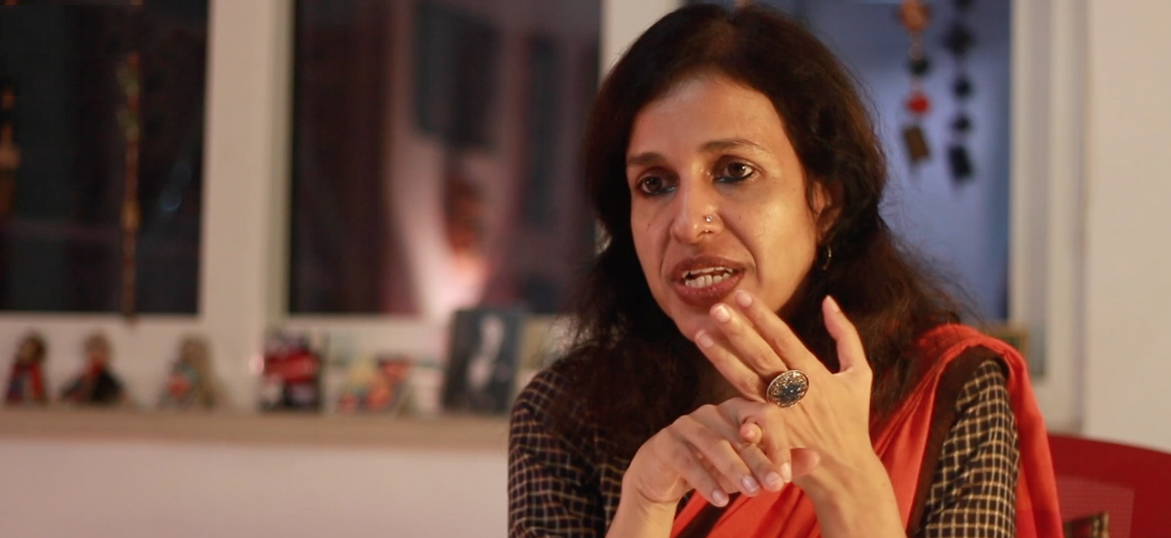
When asked about the expectations from the journalists and the training they need, Urvashi Butalia, Writer and Visitng Faculty, Ashoka University felt that a lot of learning and unlearning are in order for the journalists. She said, “We expect too much from the journalists. A journalist can only do so much as the training they are given. And, it is very important for the journalists to unlearn a lot of what they have learned starting with the very first thing – language”. According to Urvashi, the ethics and ethos of journalism should be held highly. The full interview can be read here.
The language is a major concern and the reporting through euphemistic language often drives towards a fearsome portrayal of the survivor in a way that accords blame for the crime. Surely, a lot needs to be changed the way rape reportage takes place in Indian media. The very first issue is with the passive framing of headlines and the juxtaposition of associating rape with a ‘victim’ than a perpetrator. Pointing this out, Anunaya said, “Even scratching the surface throws up a gamut of issues. The tendency to sensationalise, lack of follow-ups, trial by media and differential coverage based on the survivor’s and perpetrator’s profile in terms of socio-economic background. Media has to take greater responsibility by realising that its job is not merely reportage in terms of conveying facts of the matter but an active duty to represent sexual violence in a way that aims to dismantle what we commonly understand as rape culture”. And, here essentially the need of a proper guideline comes into place.
Topics covered in the research
Topics covered included issues of the visual representation of rape, gender-sensitive budgeting, survivors and silence. Dr. Einar Thorsen, Professor of Journalism and Communication at Bournemouth University, also co-led the project, and said, “This project shed light on several issues that journalists face when reporting sexual violence. The reportage also allows reporters and editors to understand how their audiences feel about the way gender and related issues are being currently covered.”
Research methodology, process and the outcome
MAAR aims to analyse the processes of rape reportage across three phases – reviewing the existing scholarly literature and reporting guidelines, through comparative content analysis of news reporting and through in-depth interviews with journalists to investigate the personal challenges for them who may have disturbing past experiences when covering such cases. So far, 255 interviews have been carried out, in 14 languages, creating a database of 1.2 million words. This is perhaps the largest study of this nature on how the news reporting of rape and sexual violence takes place in India. Based on this research, MAAR will produce a set of country-specific journalism guidelines which will be included in a report published by UNESCO, alongside research findings. This will provide an evidence base for capacity building workshops with journalists and development of targeted journalism curricula.
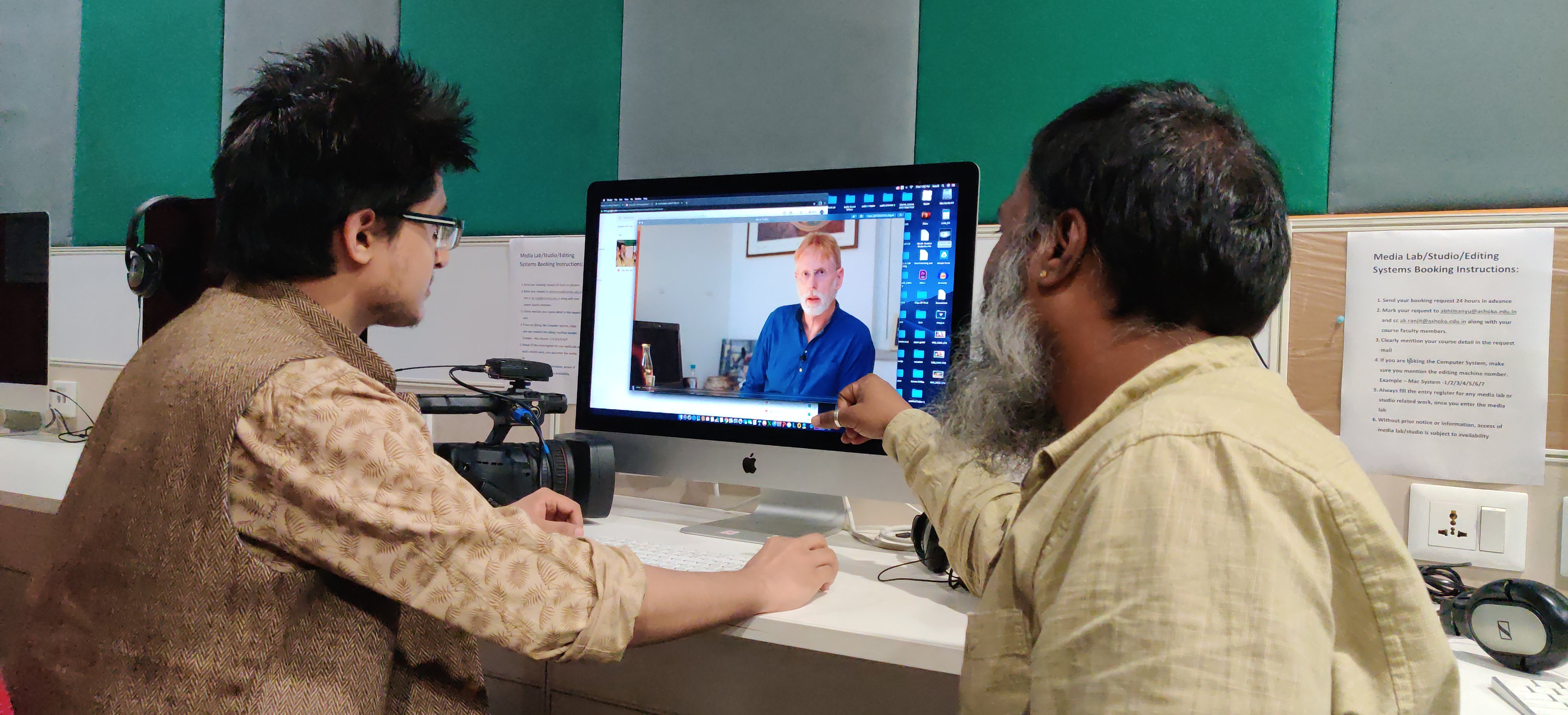
A still from the MAAR project The NewsTracker publishes original journalism through interviews of various stakeholders and experts. In all, over 40,000 words of original journalism across 41 stories have been published, alone in 2019. This includes some outstanding in-depth Q&As, Feature Stories, and the unique I Think interviews which is the first-of-its-kind attempt to capture the vox populi around the media coverage of rape. In addition to this, Ashoka has also published 8 video stories on the NewsTracker YouTube channel.
Take a look at some of the outstanding stories!
Saumava Mitra’s two-part essay on The many things wrong with the visual representation of rape is of particular pertinence to journalists and journalism educators, not just in India but elsewhere as well. Zinnia Sengupta’s interview with Madhavi Menon on crime, gender and literature, and Ananya Gouthi’s conversation with economist Lekha Chakraborty on gender-sensitive budgeting explore some unusual linkages between the news media and gender. You can also check Aarati Ganeshan’s analysis on how the Indian media sympathises with rapists, or Pranati Viswesaran’s பாலியல் + சம்பவம் ≠ rape, and Tejaswini Srihari’s argument for a language of compassion, and Urvashi Butalia’s thoughts on survivors and silences provide more food for thought on reporting sexual violence. And the interview with Sandhya Menon by Sanjana Thandaveswaran and Sharin DSouza made for a very interesting read; it is fascinating to hear the lessons of #MeTooIndia through the personal reflections of an activist who has been on its forefront from the start. Dr. Thorsen concluded, “The challenges which journalists face in India are different from the challenges elsewhere. In fact, even within India, it is likely there will be regional variations, given the diversity of the country. In consultation with Indian stakeholders, we aim to provide better insights into the priorities for the news media in these contexts.” MAAR will build capacity to engender sustainable impact – specifically, for rape reportage, journalism education, and resilience against gendered violence towards women.









